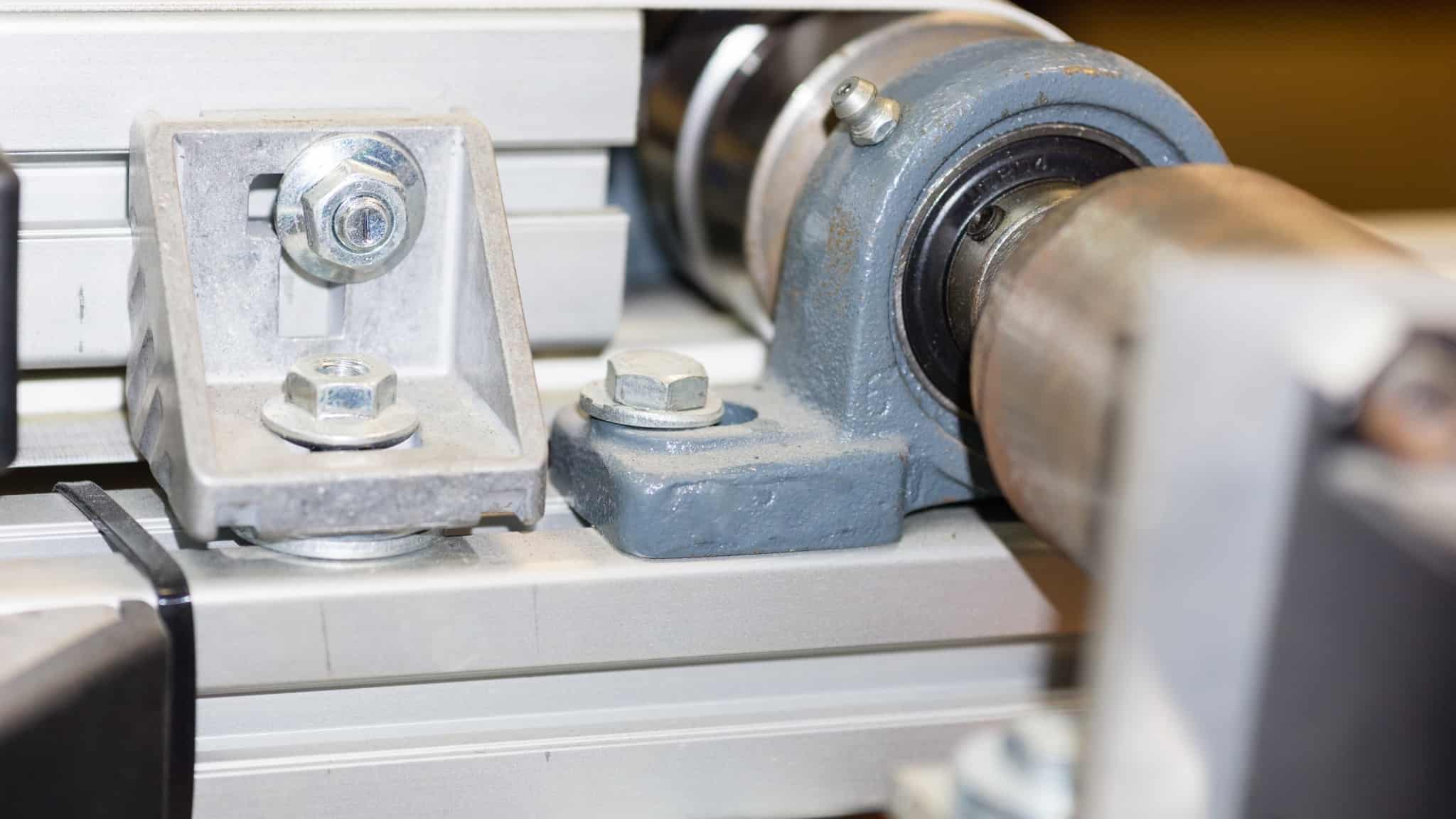In this post we'll cover:
- What is meant by AC servo motor?
- Why is it called a servo motor?
- How does an AC servo motor work?
- Why is an AC servo motor used?
- What is the difference between an AC and DC servo motor?
- What is the difference between an induction motor and a servo motor?
- What are the advantages of servo motors?
- What are the main parts of AC servo motor?
- Can a servo rotate a 360?
- Is a servo a Pmsm?
- Is a servo motor better than a stepper?
What is meant by AC servo motor?
Servomotors are a type of motor that can be controlled by the controller with feedback. This is an accurate way to control precisely for any application you need it in!
Why is it called a servo motor?
Servo motors are named after the Latin servare, meaning “to save.” Servos can be relied on to perform a task exactly as commanded. Any motor capable of controlling parameters like position and speed is called a servo regardless of how this control is achieved.

How does an AC servo motor work?
A servo motor is a clever machine that provides torque and velocity based on the supplied current and voltage. A typical use of this type of electromechanical device would be to help automate certain tasks, like heavy lifting where speed or power might not always be necessary but rather precision in movement can make all the difference.
Why is an AC servo motor used?
AC servo motors are one of the most important and versatile control systems in robotics. These AC synchronous machines have been used for a wide variety of applications ranging from semiconductor processing to aircrafts where position control is critical.
The electric motor that powers robots, machine tools and many other devices has always relied on alternating current (AC) power but there was never an adequate DC counterpart until manufacturers designed what we know as the “servo” or also known as AC servomotor which can be found across industries such as aerospace, medical equipment manufacturing, automotive assembly plants and more!
What is the difference between an AC and DC servo motor?
Some motors are AC and some are DC. The difference is that DC has both a positive and negative terminal, with current flowing in the same direction between each of them; while an AC motor uses something called a transformer to change alternating currents into direct currents at different frequencies.
What is the difference between an induction motor and a servo motor?
The induction motor is an open loop system, and the servo motor a closed one. The difference in inertia between these two motors means that servos are used for accurate positioning of loads where there’s instant feedback from sensors like motion controllers whereas induction motors are great low-cost choices when synchronization with other systems isn’t critical.
Also read: these are the different types of wrenches you should own
What are the advantages of servo motors?
Servo motors are one of the most efficient ways to power a machine. A servo motor has an efficiency rating that is several times higher than what you would get with other methods, and this makes it more environmentally friendly too! Servos also have high output torque for their size which means they can be used in smaller machines without sacrificing performance. They’re closed-loop control ensures accuracy as well so there’s no need to worry about any sudden changes happening when using them on your projects like some competitors’ systems might do because they don’t offer much protection against runaway situations or overshoot errors where noise levels increase dramatically during operation due to lack of feedback compensation from sensors measuring parameters such as current flow, temperature change (and others).
What are the main parts of AC servo motor?
The servo systems of a mechanism are what allow it to move with precision and accuracy. The three primary components include the motor, drive (the amplifier), and feedback mechanism; power supply is also very important for maintaining functionality as well as controlling more than one axis simultaneously.
Can a servo rotate a 360?
Servos are used in a variety of industries due to their versatility. However, one thing they have in common is that the position of servo motors can be set with pulses by the length and duration. The end points vary based on size and quality but many only turn through about 170 degrees, you may also buy ‘continuous’ servos which rotate 360 degrees for full coverage or partial coverage depending on your needs!
Is a servo a Pmsm?
Servo motors are typically used in industrial automation systems and robotics. They have a wide range of different types but the most common type is the PMSM, which can be fitted with an added closed loop control mechanism that allows it to work like other motorized devices such as robots. These servomotors usually consist of one long axis, small diameter output shafts and additional gears for optimized performance depending on the desired task at hand.
Is a servo motor better than a stepper?
There are many benefits of servo motors. One, they provide high levels torque and speed which allows them to make quick movements that stepper motors cannot do because their rotations go in steps as opposed to continuous motion like a servo motor does. Two, they operate at 80-90% efficiency with no vibration or resonance issues. Three, these powerful yet lightweight contraptions can work either on AC or DC drive!
Also read: these are the best garage door roller replacements you will find
I'm Joost Nusselder, the founder of Tools Doctor, content marketer, and dad. I love trying out new equipment, and together with my team I've been creating in-depth blog articles since 2016 to help loyal readers with tools & crafting tips.

